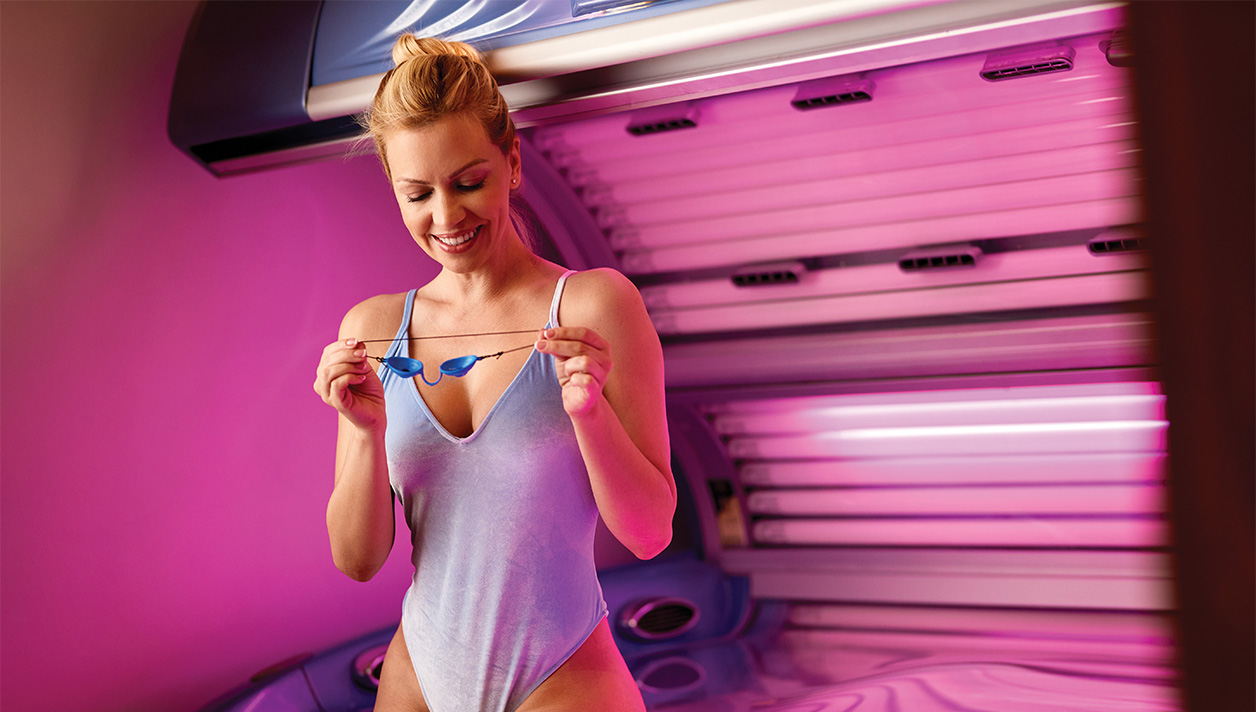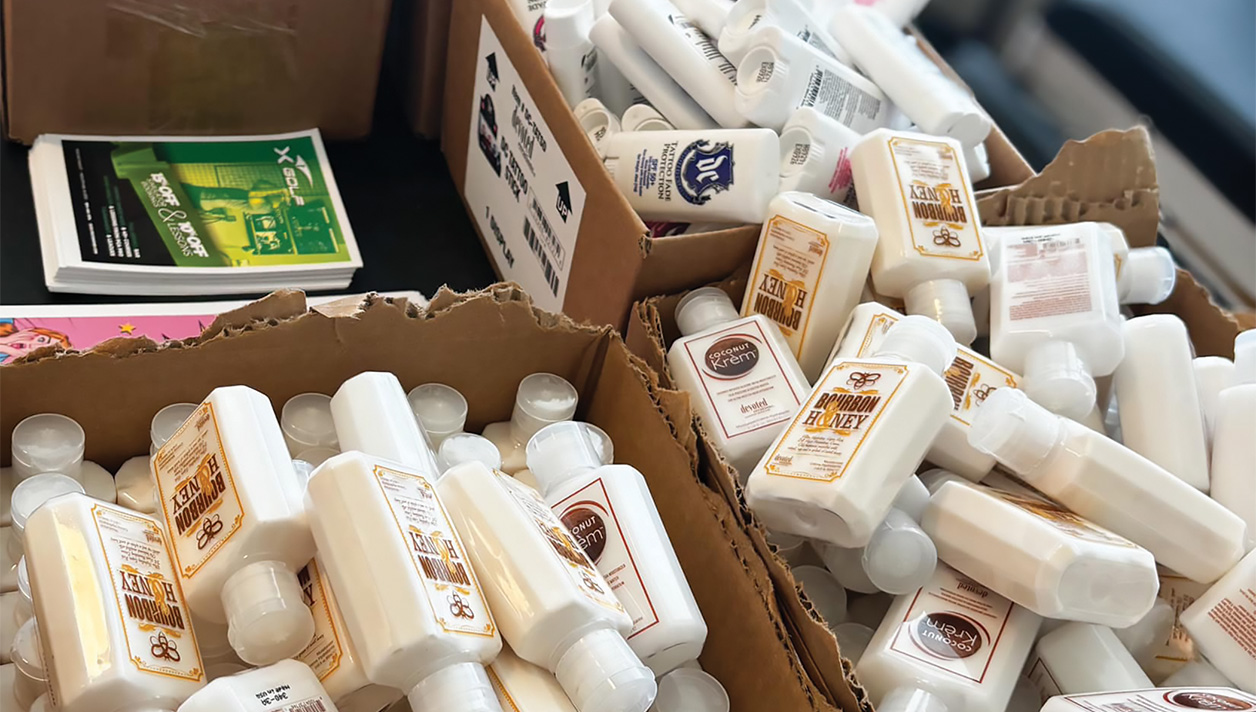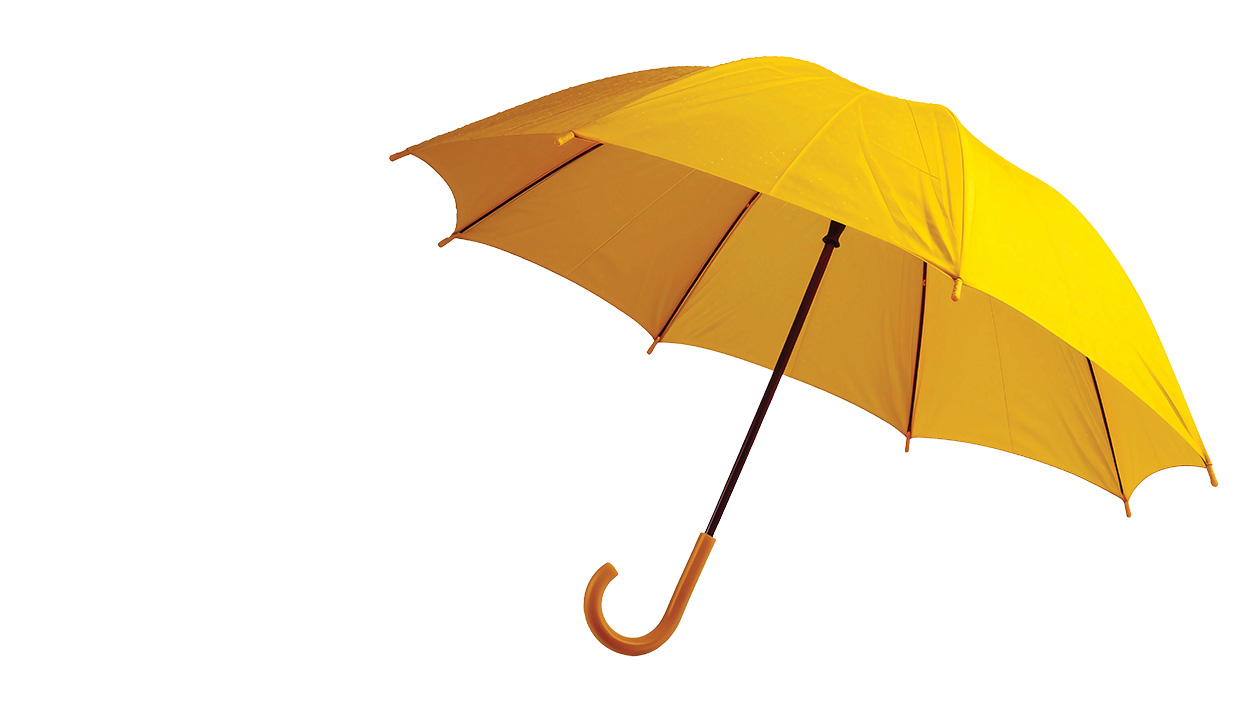I was standing in a tanning salon lobby recently, when the salon professional asked a tanner, “May I see your eye protection?” The tanner said she didn’t wear goggles. The salon pro replied, “You can get cataracts from unprotected tanning sessions.” The tanner kind of shrugged and headed back to her tanning room with no eyewear – clearly, she felt cataracts happen to one’s grandma, not to someone like her.
[gap height=”15″]
I was surprised to learn that a ton of middle-aged folks get cataracts, not just the elderly. Over 22 million people in the U.S. over 40 years old have cataracts. Tens of thousands will lose their sight and millions more will have poor vision because of cataracts, reports the University of Maryland Medical Center.
[gap height=”15″]
“Ultraviolet light can accelerate the aging process and we see cataracts in much younger people,” says Dr. Mark Kimpel, a retired ophthalmologist, formerly with Mayo Clinic and Indiana University Medical Center. “I constantly tell young people that you might not see the damage now, but it is like sunburn; you are accumulating the damage for later.” Dr. Kimpel, a sunbed user, strongly recommends wearing FDA-compliant eye protection during indoor tanning sessions and UV-block sunglasses outdoors.
[gap height=”15″]
The University of Maryland Medical Center explains that the ultraviolet rays from sunlight or sunlamps penetrates the thin skin of the eyelid. Unprotected UV exposure causes cataracts by creating changes in the lens and is also responsible for macular degeneration, which causes blindness. UV over-exposure creates oxygen-free radicals, called oxidants, which are unstable molecules that can cause cataracts. If you smoke cigarettes, drink heavily or take certain drugs, you have an even higher chance of developing cataracts, as you’ll have more oxidants running around in your body.
[gap height=”15″]
So, you tan without eyewear? Never fear … cataract surgery is here! The National Eye Institute reports that cataract surgery is one of the most effective surgical procedures, with 90% of patients reporting better vision afterward. During the procedure, your surgeon makes an incision on your eyeball and uses ultrasound to break up your clouded lens into small fragments, then uses a small vacuum to suck out the tiny pieces of the lens. A replacement lens is then placed in your eye and the incision sutured shut. A few minor details: you may wear big, heavy wrap-around sunglasses in bright light situations for several months, since your eyes will be very light sensitive. Complications can lead to permanent vision loss. It’s important to note that 30% of cataract patients need another surgery in one to five years. Make sure you have health insurance and vacation time for recovery!
[gap height=”15″]
People who work outside (such as lifeguards, construction workers, landscapers) or live close to the equator (Florida and Texas) have a much higher risk for cataracts. Make sure you are wearing UV BLOCK sunglasses outdoors. Some sunglasses are just dark lenses and don’t block UV. Check to ensure that your sunglasses are certified to be UV Block or labeled “UV 400.”
[gap height=”15″]
Although you may be able to regain your vision with surgery, cataracts can never be cured. Stop squinting and put on your FDA-compliant eye protection!
[gap height=”15″][gap height=”15″]
Unprotected UV exposure causes cataracts by creating changes in the lens and is also responsible for macular degeneration, which causes blindness.




























